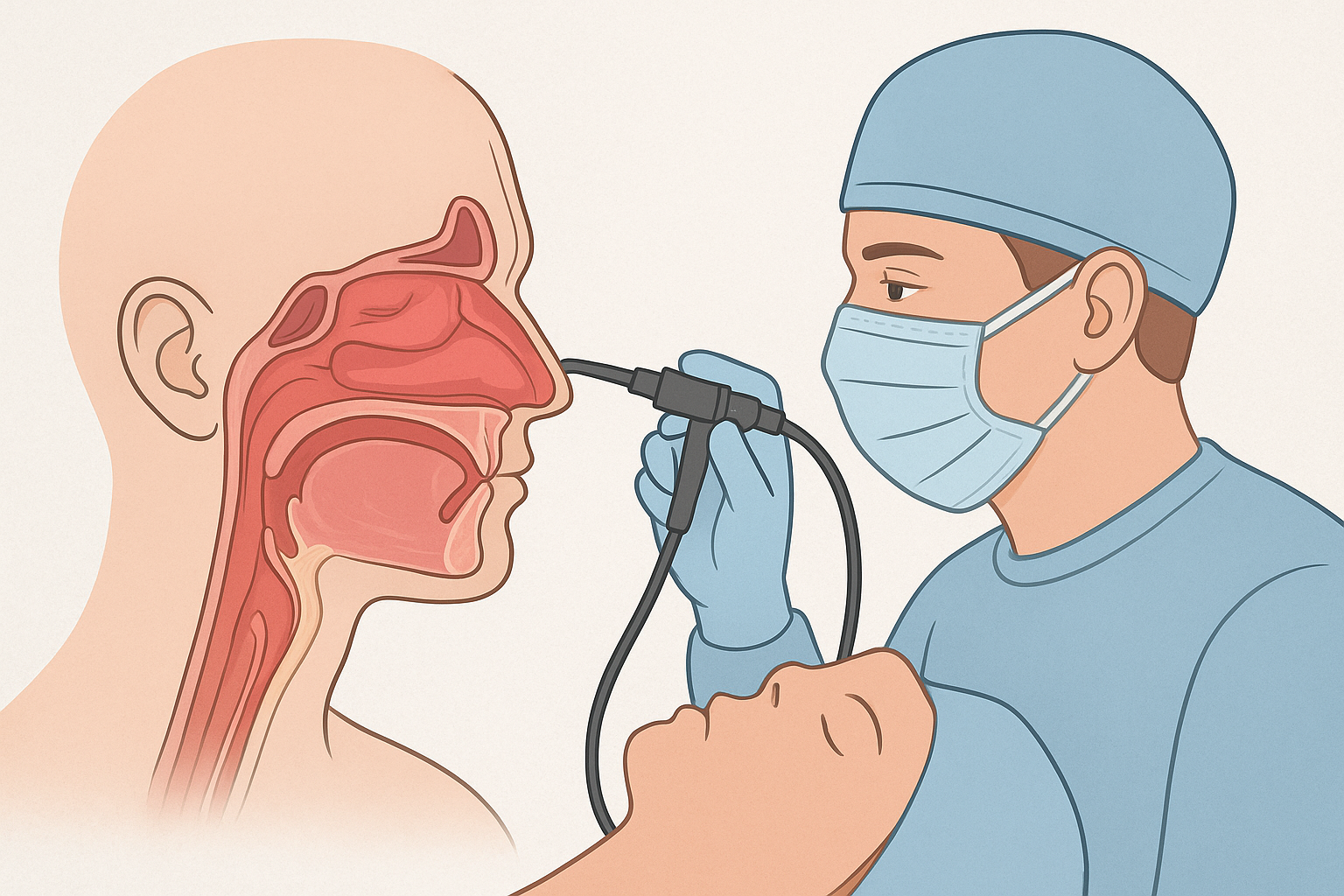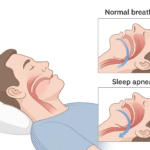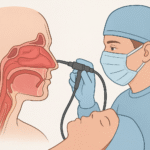Do you constantly struggle with nasal blockage, facial pressure, or headaches that never seem to go away—even after rounds of antibiotics or home remedies? You might be dealing with chronic sinusitis. When medicines fail to give long-term relief, Endoscopic Sinus Surgery (ESS) offers a safe, minimally invasive way to breathe easier again.
What Is Sinusitis?
Sinusitis is the inflammation or infection of the sinus cavities—air-filled spaces in your skull that help filter and humidify the air you breathe. When these spaces become blocked, mucus builds up, leading to:
-
Persistent stuffy or runny nose
-
Facial pain or pressure
-
Loss of smell or taste
-
Thick nasal discharge
-
Headache and fatigue
If these symptoms last more than 12 weeks, despite medication, it’s considered chronic sinusitis—and that’s when an ENT specialist may recommend surgical intervention.
Why Sinusitis Keeps Coming Back
Several factors can cause your sinusitis to return even after treatment:
-
Nasal Polyps – Non-cancerous growths that block airflow and mucus drainage.
-
Deviated Nasal Septum – A bent or crooked wall between nostrils restricting airflow.
-
Allergies or Pollution – Continuous irritation inflaming the nasal passages.
-
Untreated Infections – Bacterial or fungal infections left unresolved.
-
Structural Problems – Narrow sinus openings or bone spurs.
What Is Endoscopic Sinus Surgery (FESS)?
Functional Endoscopic Sinus Surgery (FESS) is an advanced, minimally invasive procedure used to open blocked sinuses and restore normal drainage. Using a thin, flexible tube with a camera (endoscope), the ENT surgeon can visualize the inside of the nasal passages and precisely remove obstructions without external cuts.
Key Benefits of Endoscopic Sinus Surgery
-
✅ Minimally Invasive: No external scars or stitches.
-
✅ Shorter Recovery Time: Most patients resume normal activities within a few days.
-
✅ Permanent Relief: Clears chronic infection sources and improves airflow.
-
✅ Improved Sense of Smell and Breathing: Restores normal nasal function.
-
✅ Enhanced Quality of Life: Reduces dependency on long-term medications.
How the Procedure Is Done
-
Pre-Surgery Evaluation: The ENT will conduct nasal endoscopy and CT scan to understand the sinus anatomy.
-
Anesthesia: Usually performed under local or general anesthesia.
-
Endoscopic Access: The surgeon inserts the endoscope through the nostrils to reach blocked sinuses.
-
Clearing Obstruction: Polyps or infected tissue are gently removed to open the sinus pathways.
-
Restoration: Normal mucus drainage and breathing are restored.
The entire procedure typically takes 1 to 2 hours, and patients can go home the same day or after brief observation.
Recovery and Aftercare
-
Expect mild nasal congestion or discharge for a few days.
-
Avoid blowing your nose or heavy exercise for one week.
-
Use saline sprays and prescribed antibiotics.
-
Follow up with your ENT for cleaning and healing assessment.
With proper post-operative care, most patients experience significant improvement within 1–2 weeks.
Why Choose Dr. Diptiman Baliarsingh for Sinus Treatment
At Dr. Diptiman ENT Clinic, we combine diagnostic precision with advanced technology to treat even the most stubborn sinus cases.
Dr. Diptiman Baliarsingh specializes in endoscopic sinus and head-neck surgery, ensuring safe, effective, and long-lasting relief for patients suffering from chronic sinusitis.
Conclusion
If you’re tired of living with constant nasal congestion, facial pain, or breathing difficulties, it may be time to explore a permanent solution. Endoscopic Sinus Surgery is a modern, minimally invasive procedure that helps you breathe freely again and live without chronic discomfort.
👉 Book a consultation with Dr. Diptiman Baliarsingh today to discover whether you’re a candidate for this life-changing procedure.





